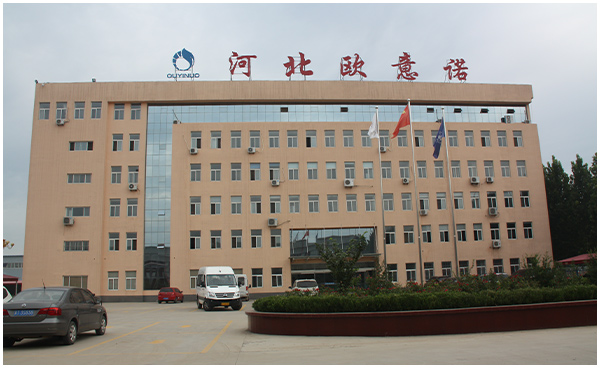
10 月 . 04, 2024 19:58
Back to list
Effective Techniques for Natural Gas Filtration and Purification Processes in Energy Production
Natural Gas Filtration An Essential Process for Clean Energy
Natural gas is widely recognized as a cleaner alternative to other fossil fuels, serving as a primary energy source in many industries and residential sectors. However, before it can be used safely and efficiently, the gas must undergo a rigorous filtration process to remove impurities and contaminants. This not only ensures the efficiency of gas utilization but also minimizes environmental impact.
The filtration of natural gas begins at the extraction point, where the gas is often mixed with various impurities such as water vapor, hydrogen sulfide, carbon dioxide, and particulate matter including dust and sand. Each of these contaminants can have detrimental effects on both the efficiency of the gas and the health of the equipment used to transport and utilize it. For instance, hydrogen sulfide is highly corrosive and can lead to pipeline degradation, while excess water can cause freezing during transportation, resulting in blockages.
To address these challenges, several filtration methods are employed. One common technique is the use of coalescing filters, which are designed to remove water and hydrocarbon aerosols. These filters work by combining small water droplets into larger ones, which then fall to the bottom of the filter for removal. Another important filtration method involves the use of absorbent materials, such as activated carbon or silica gel, which can effectively capture gas impurities.
natural gas filtration

In addition to physical filtration methods, chemical treatment is often employed to neutralize harmful gases. For example, amine gas treatment is a widely used process for removing carbon dioxide and hydrogen sulfide. In this method, amine solvents react with the acidic gases, separating them from the natural gas. This process not only purifies the gas but also aids in carbon capture efforts, contributing to reduced greenhouse gas emissions.
The filtration process realizes its full potential through advancements in technology. For instance, membrane separation technology is gaining attention due to its efficiency and effectiveness in separating gas mixtures. This process uses semi-permeable membranes to allow certain gases to pass while blocking others. As technology continues to evolve, we can expect improvements in filtration systems that enhance the quality of natural gas while reducing the operational costs associated with these processes.
Furthermore, regulatory standards play a critical role in the natural gas filtration process. Organizations such as the American National Standards Institute (ANSI) and the American Society of Mechanical Engineers (ASME) set guidelines to ensure that natural gas meets safety and quality metrics. Compliance with these standards not only safeguards public health but also promotes environmental stewardship.
In conclusion, natural gas filtration is a vital process that ensures the delivery of clean and safe energy. By employing physical and chemical methods, the industry effectively removes harmful contaminants while enhancing the efficiency of gas utilization. As technology advances and regulatory frameworks strengthen, the future of natural gas filtration looks promising, driving the sector toward more sustainable practices and cleaner energy solutions for generations to come.
Next:
Latest news
-
Unlocking The Quality Gas Pressure ReducersNewsNov.01,2024
-
The Role of Gas Pressure Reducing StationsNewsNov.01,2024
-
The Importance and Functionality of Safety Relief ValvesNewsNov.01,2024
-
The Essential Role of Safety Valves in Natural Gas ApplicationsNewsNov.01,2024
-
The Essential Role of Gas Pressure RegulatorsNewsNov.01,2024
-
Enhance Your Premium Gas FiltersNewsNov.01,2024

